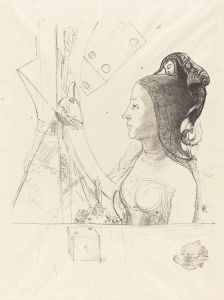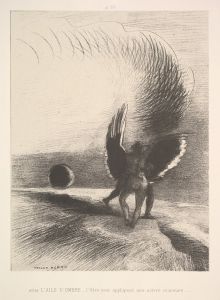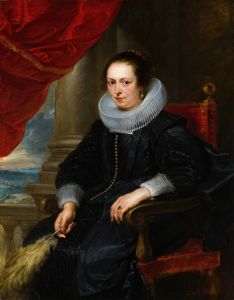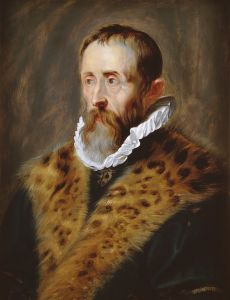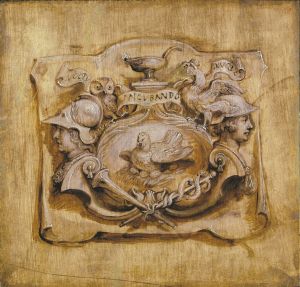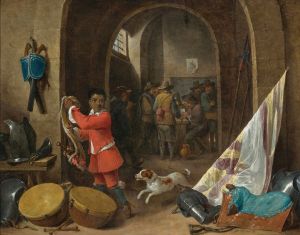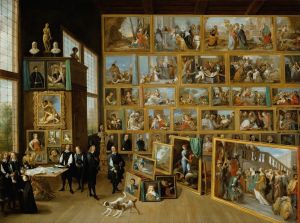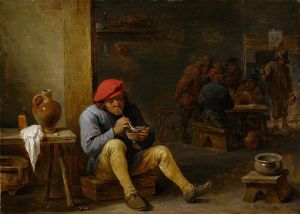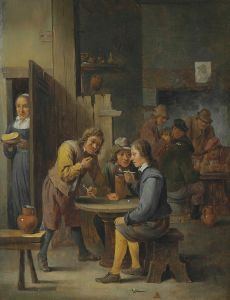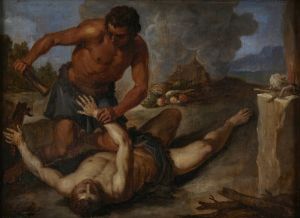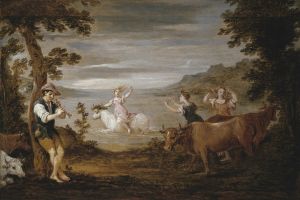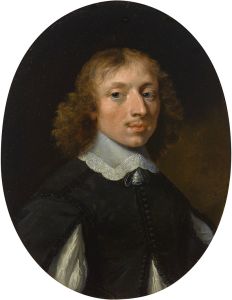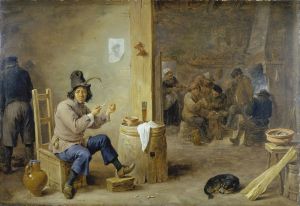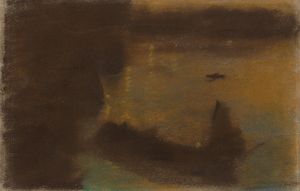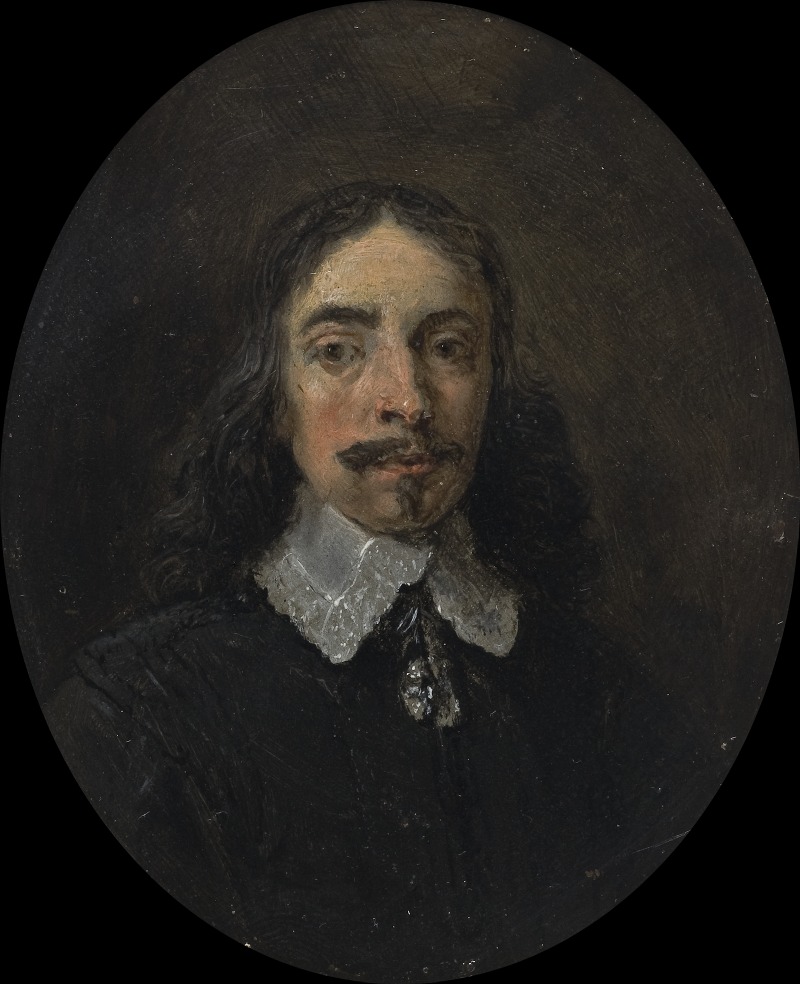
An Unknown Man
A hand-painted replica of David Teniers The Younger’s masterpiece An Unknown Man, meticulously crafted by professional artists to capture the true essence of the original. Each piece is created with museum-quality canvas and rare mineral pigments, carefully painted by experienced artists with delicate brushstrokes and rich, layered colors to perfectly recreate the texture of the original artwork. Unlike machine-printed reproductions, this hand-painted version brings the painting to life, infused with the artist’s emotions and skill in every stroke. Whether for personal collection or home decoration, it instantly elevates the artistic atmosphere of any space.
David Teniers the Younger was a prominent Flemish artist in the 17th century, known for his genre scenes, landscapes, and portraits. One of his works, "An Unknown Man," exemplifies his skill in portraiture, although specific details about this painting are limited.
David Teniers the Younger was born in 1610 in Antwerp, into a family of artists. His father, David Teniers the Elder, was also a painter, and Teniers the Younger was trained in his father's workshop. He became a master in the Antwerp Guild of Saint Luke in 1632-33, and his career flourished as he gained patronage from notable figures, including Archduke Leopold Wilhelm of Austria, who appointed him as a court painter.
"An Unknown Man" is a portrait painting attributed to Teniers the Younger. While the exact date of its creation is not documented, it is consistent with the style and technique of Teniers' work during his mature period. The painting depicts a male figure, whose identity remains unknown, which is not uncommon for portraits from this era, especially when they are not of royalty or notable historical figures.
Teniers was known for his keen observation and ability to capture the character and essence of his subjects. In "An Unknown Man," these qualities are evident in the detailed rendering of the subject's facial features and attire. The use of light and shadow in the painting highlights the textures of the clothing and the subtle expressions of the sitter, showcasing Teniers' mastery in creating lifelike and engaging portraits.
The composition of "An Unknown Man" is typical of Teniers' portrait style, which often includes a neutral background that allows the viewer to focus entirely on the subject. This approach was common in the Baroque period, emphasizing realism and individualism. Teniers' portraits are noted for their lack of excessive embellishment, instead opting for a straightforward representation that conveys the dignity and presence of the sitter.
While "An Unknown Man" may not be as widely recognized as some of Teniers' other works, such as his genre scenes depicting peasant life, it remains an important example of his contribution to portraiture. Teniers' ability to capture the subtleties of human expression and his technical proficiency have earned him a lasting place in the history of art.
The painting is part of a broader body of work by Teniers that includes not only portraits but also religious scenes, allegorical works, and landscapes. His versatility and prolific output have made him one of the most celebrated artists of the Flemish Baroque period.
In summary, "An Unknown Man" by David Teniers the Younger is a testament to the artist's skill in portraiture, reflecting the artistic conventions of the 17th century and the personal style that Teniers brought to his work. Despite the anonymity of the subject, the painting continues to be appreciated for its artistic merit and the insight it provides into the portraiture of the time.





